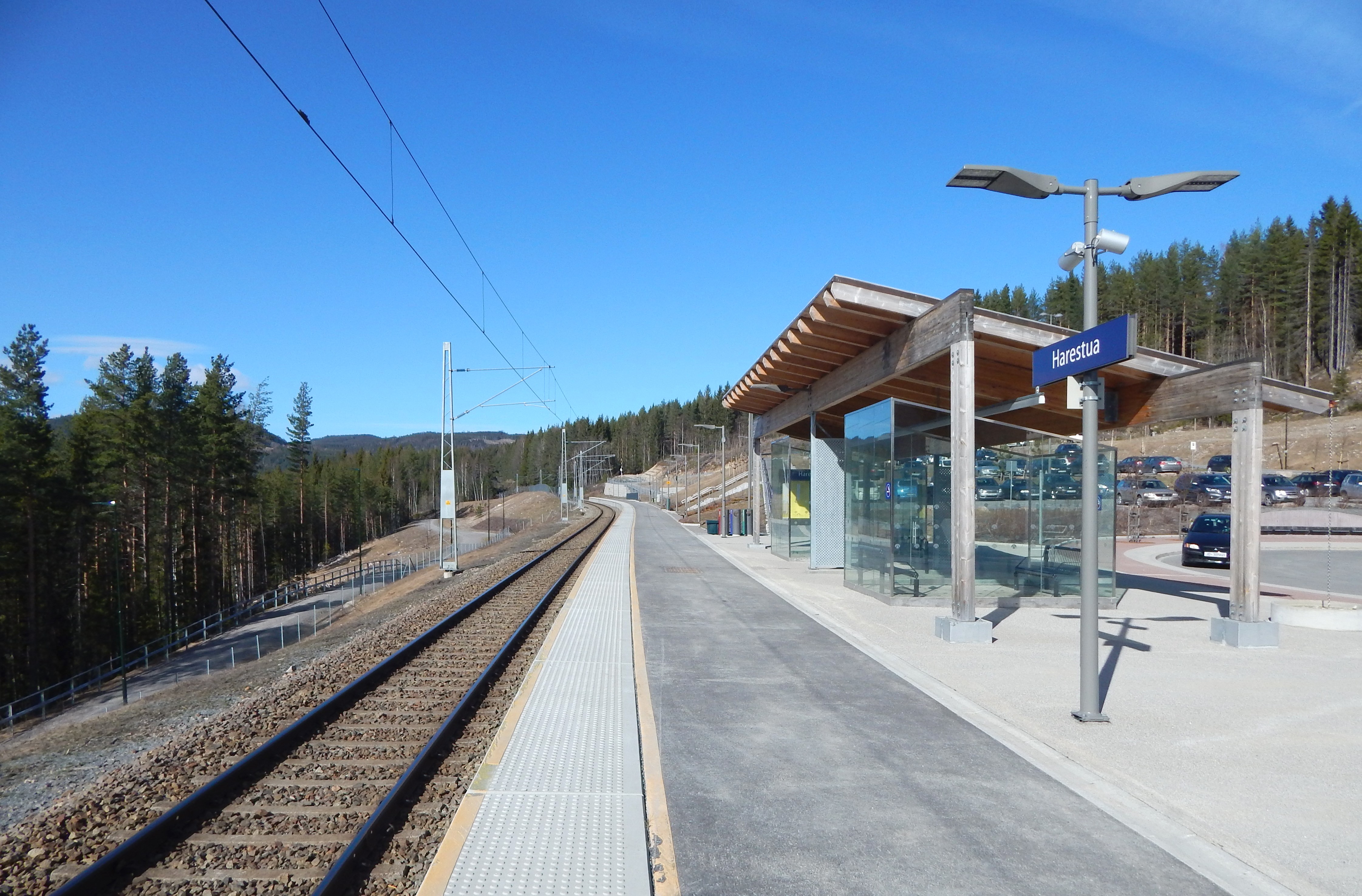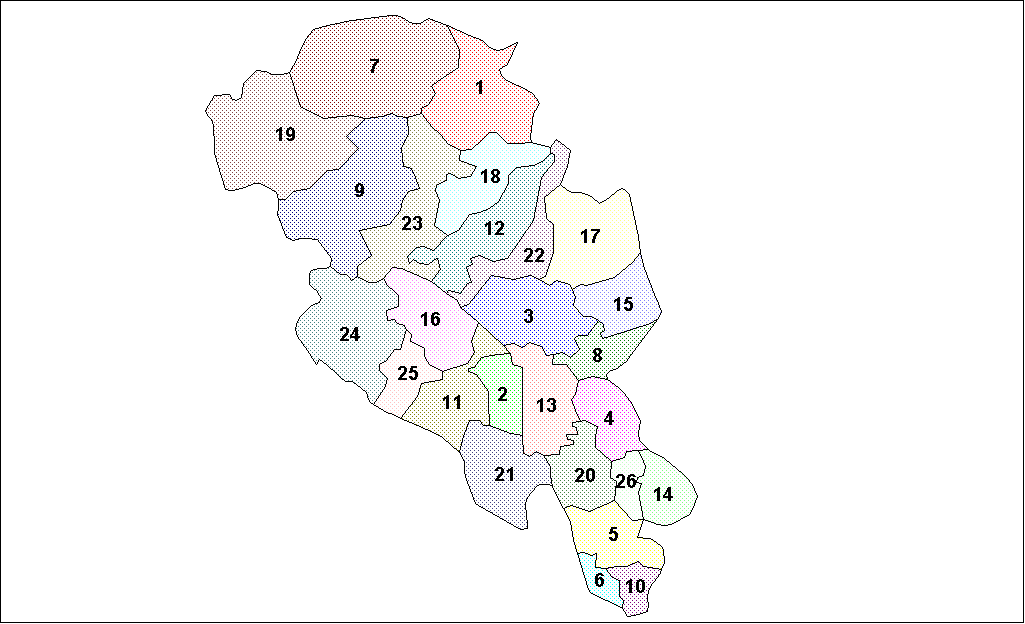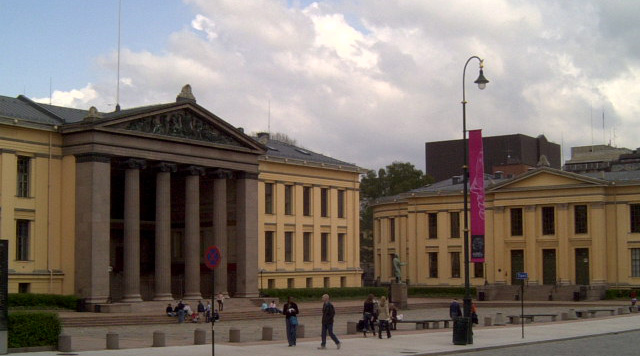|
Harestua Solar Observatory
Harestua Solar Observatory ( no, Solobservatoriet på Harestua) is a solar observatory near Harestua in the municipality of Lunner, Oppland, Norway. It was used for solar research purposes from 1954 to 1986, and was subordinated the University of Oslo. From 1987 it has been a dedicated science centre for astronomy education for Norwegian schools and public science events. Since 2008, the Solar Observatory has been run by Tycho Brahe Instituttet AS extending the educational activities to incorporate natural sciences as a whole. External linksOfficial site {{Norway-struct-stub Harestua Harestua is a town in Lunner kommune, Viken county, Norway. It has 2318 inhabitants. Harestua is located 46 kilometeres north of Oslo, and functions as a commuter town to the capital. It is served by Harestua Station on the Gjøvik Line The ... 1954 establishments in Norway Tycho Brahe Lunner University of Oslo ... [...More Info...] [...Related Items...] OR: [Wikipedia] [Google] [Baidu] |
Tycho Brahe Instituttet AS
Tycho is a masculine given name, a latinization of Greek Τύχων, from the name of Tyche ( grc-gre, Τύχη, link=no), the Greek goddess of fortune or luck. The Russian form of the name is ''Tikhon'' (Тихон). People Given name * Tycho Brahe (1546–1601), Danish nobleman and astronomer * Saint Tikhon of Zadonsk (1724–1783), Russian bishop * Tycho van Meer (born 1974), Dutch field hockey striker Surname * Tommy Tycho (1928–2013), Hungarian-Australian pianist, conductor, composer Pseudonym * Tycho (musician) (born 1977) (Scott Hansen), American ambient music artist and producer, also known as ISO50 Astronomy * Tycho (lunar crater) * Tycho Brahe (Martian crater) * The Tycho-1 Catalogue or Tycho-2 Catalogue of stars * SN 1572, a supernova remnant, often called Tycho's supernova * Tycho G, the companion star of SN 1572 * 1677 Tycho Brahe, an asteroid Fiction * Tycho, a desert ranger henchman from the computer game ''Fallout'' * Tycho, a shipboard AI in the computer g ... [...More Info...] [...Related Items...] OR: [Wikipedia] [Google] [Baidu] |
Harestua
Harestua is a town in Lunner kommune, Viken county, Norway. It has 2318 inhabitants. Harestua is located 46 kilometeres north of Oslo, and functions as a commuter town to the capital. It is served by Harestua Station on the Gjøvik Line. Harestua maintains 6 neighbourhoods; Gamlefeltet, Nyfeltet, Vestbygda, Bjørgeseter, Haneknemoen, Haganskogen and Stryken. Harestua has a small town centre with services such as a petrol station, grocery stores and fast food outlets. Harestua also has a combined elementary- and junior high school. The school has approximately 400 pupils. The Harestua Solar Observatory Harestua Solar Observatory ( no, Solobservatoriet på Harestua) is a solar observatory near Harestua in the municipality of Lunner, Oppland, Norway. It was used for solar research purposes from 1954 to 1986, and was subordinated the University ... is located nearby. During the 1940 German invasion of Norway, Harestua was the location of several skirmishes between German ... [...More Info...] [...Related Items...] OR: [Wikipedia] [Google] [Baidu] |
Lunner
Lunner is a municipality in Viken county, Norway. It is part of the traditional region of Hadeland. The administrative centre of the municipality is the village of Roa. Lunner was established when it was separated from the municipality of Jevnaker on 1 January 1898. From 1 January 2020 the municipality belongs to Viken county, it was Oppland before that. General information Name The municipality (originally the parish) is named after the old ''Lunner'' farm (Old Norse: ''Lunnar''), since the first church was built here. The name is the plural form of "log". (The farm and the church are located on a long hill which was probably compared to a log.) Coat-of-arms The coat-of-arms is from modern times. They were granted on 4 April 1986. The arms show a Lily of the Valley, as a symbol for the forests in the area. The Lily of the Valley is a very common flower in the meadows and forests. The flowers also symbolize the eight schools in the municipality. Geography Lunner is bordered ... [...More Info...] [...Related Items...] OR: [Wikipedia] [Google] [Baidu] |
Oppland
Oppland is a former county in Norway which existed from 1781 until its dissolution on 1 January 2020. The old Oppland county bordered the counties of Trøndelag, Møre og Romsdal, Sogn og Fjordane, Buskerud, Akershus, Oslo and Hedmark. The county administration was located in the town of Lillehammer. Merger On 1 January 2020, the neighboring counties of Oppland and Hedmark were merged to form the new Innlandet county. Both Oppland and Hedmark were the only landlocked counties of Norway, and the new Innlandet county is the only landlocked county in Norway. The two counties had historically been one county that was divided in 1781. Historically, the region was commonly known as "Opplandene". In 1781, the government split the area into two: Hedemarkens amt and Kristians amt (later renamed Hedmark and Oppland. In 2017, the government approved the merger of the two counties. There were several names debated, but the government settled on ''Innlandet''. Geography Oppland extend ... [...More Info...] [...Related Items...] OR: [Wikipedia] [Google] [Baidu] |
Norway
Norway, officially the Kingdom of Norway, is a Nordic country in Northern Europe, the mainland territory of which comprises the western and northernmost portion of the Scandinavian Peninsula. The remote Arctic island of Jan Mayen and the archipelago of Svalbard also form part of Norway. Bouvet Island, located in the Subantarctic, is a dependency of Norway; it also lays claims to the Antarctic territories of Peter I Island and Queen Maud Land. The capital and largest city in Norway is Oslo. Norway has a total area of and had a population of 5,425,270 in January 2022. The country shares a long eastern border with Sweden at a length of . It is bordered by Finland and Russia to the northeast and the Skagerrak strait to the south, on the other side of which are Denmark and the United Kingdom. Norway has an extensive coastline, facing the North Atlantic Ocean and the Barents Sea. The maritime influence dominates Norway's climate, with mild lowland temperatures on the se ... [...More Info...] [...Related Items...] OR: [Wikipedia] [Google] [Baidu] |
Observatory
An observatory is a location used for observing terrestrial, marine, or celestial events. Astronomy, climatology/meteorology, geophysical, oceanography and volcanology are examples of disciplines for which observatories have been constructed. Historically, observatories were as simple as containing an astronomical sextant (for measuring the distance between stars) or Stonehenge (which has some alignments on astronomical phenomena). Astronomical observatories Astronomical observatories are mainly divided into four categories: space-based, airborne, ground-based, and underground-based. Ground-based observatories Ground-based observatories, located on the surface of Earth, are used to make observations in the radio and visible light portions of the electromagnetic spectrum. Most optical telescopes are housed within a dome or similar structure, to protect the delicate instruments from the elements. Telescope domes have a slit or other opening in the roof that can be opened during ... [...More Info...] [...Related Items...] OR: [Wikipedia] [Google] [Baidu] |
University Of Oslo
The University of Oslo ( no, Universitetet i Oslo; la, Universitas Osloensis) is a public research university located in Oslo, Norway. It is the highest ranked and oldest university in Norway. It is consistently ranked among the top universities in the world and as one of the leading universities of Northern Europe; the Academic Ranking of World Universities ranked it the 58th best university in the world and the third best in the Nordic countries. In 2016, the Times Higher Education World University Rankings listed the university at 63rd, making it the highest ranked Norwegian university. Originally named the Royal Frederick University, the university was established in 1811 as the de facto Norwegian continuation of Denmark-Norway's common university, the University of Copenhagen, with which it shares many traditions. It was named for King Frederick VI of Denmark and Norway, and received its current name in 1939. The university was commonly nicknamed "The Royal Frederick ... [...More Info...] [...Related Items...] OR: [Wikipedia] [Google] [Baidu] |
Solar Observatory At Harestua Near Oslo
Solar may refer to: Astronomy * Of or relating to the Sun ** Solar telescope, a special purpose telescope used to observe the Sun ** A device that utilizes solar energy (e.g. " solar panels") ** Solar calendar, a calendar whose dates indicate the position of the Earth on its revolution around the Sun * Solar Maximum Mission, a satellite * SOLAR (ISS), an observatory on International Space Station Music * "Solar" (composition), attributed to Miles Davis * ''Solar'' (Red Garland album), 1962 * ''Solar'' (Taeyang album), 2010 * ''Solar'', a 2011 album by Rubik * "Solar", a song by Northlane from ''Mesmer'', 2017 * SOLAR Records, a record label Geography * Solar (Spanish term), a type of urban site * Solar, County Antrim, Northern Ireland, United Kingdom * Solar, Erode, India * Solar, Iran, Iran Companies * Solar Entertainment Corporation, a Philippines television and radio media company * Solar TV, a former TV channel * Solar Television Network, Inc., a former na ... [...More Info...] [...Related Items...] OR: [Wikipedia] [Google] [Baidu] |
Astronomical Observatories In Norway
Astronomy () is a natural science that studies astronomical object, celestial objects and phenomena. It uses mathematics, physics, and chemistry in order to explain their origin and chronology of the Universe, evolution. Objects of interest include planets, natural satellite, moons, stars, nebulae, galaxy, galaxies, and comets. Relevant phenomena include supernova explosions, gamma ray bursts, quasars, blazars, pulsars, and cosmic microwave background radiation. More generally, astronomy studies everything that originates beyond atmosphere of Earth, Earth's atmosphere. Cosmology is a branch of astronomy that studies the universe as a whole. Astronomy is one of the oldest natural sciences. The early civilizations in recorded history made methodical observations of the night sky. These include the Babylonian astronomy, Babylonians, Greek astronomy, Greeks, Indian astronomy, Indians, Egyptian astronomy, Egyptians, Chinese astronomy, Chinese, Maya civilization, Maya, and many anc ... [...More Info...] [...Related Items...] OR: [Wikipedia] [Google] [Baidu] |
1954 Establishments In Norway
Events January * January 1 – The Soviet Union ceases to demand war reparations from West Germany. * January 3 – The Italian broadcaster RAI officially begins transmitting. * January 7 – Georgetown-IBM experiment: The first public demonstration of a machine translation system is held in New York, at the head office of IBM. * January 10 – BOAC Flight 781, a de Havilland Comet jet plane, disintegrates in mid-air due to metal fatigue, and crashes in the Mediterranean near Elba; all 35 people on board are killed. * January 12 – Avalanches in Austria kill more than 200. * January 15 – Mau Mau leader Waruhiu Itote is captured in Kenya. * January 17 – In Yugoslavia, Milovan Đilas, one of the leading members of the League of Communists of Yugoslavia, is relieved of his duties. * January 20 – The US-based National Negro Network is established, with 46 member radio stations. * January 21 – The first nuclear-powered submarine ... [...More Info...] [...Related Items...] OR: [Wikipedia] [Google] [Baidu] |
Tycho Brahe
Tycho Brahe ( ; born Tyge Ottesen Brahe; generally called Tycho (14 December 154624 October 1601) was a Danish astronomer, known for his comprehensive astronomical observations, generally considered to be the most accurate of his time. He was known during his lifetime as an astronomer, astrologer, and alchemist. He was the last major astronomer before the invention of the telescope. An heir to several noble families, Tycho was well-educated. He took an interest in astronomy and in the creation of more accurate instruments of measurement. He worked to combine what he saw as the geometrical benefits of Copernican heliocentrism with the philosophical benefits of the Ptolemaic system, and devised the Tychonic system, his own version of a model of the universe, with the Sun orbiting the Earth, and the planets as orbiting the Sun. In ''De nova stella'' (1573), he refuted the Aristotelian belief in an unchanging celestial realm. His measurements indicated that "new stars" (''stellae ... [...More Info...] [...Related Items...] OR: [Wikipedia] [Google] [Baidu] |






